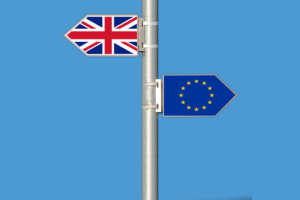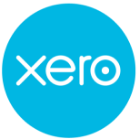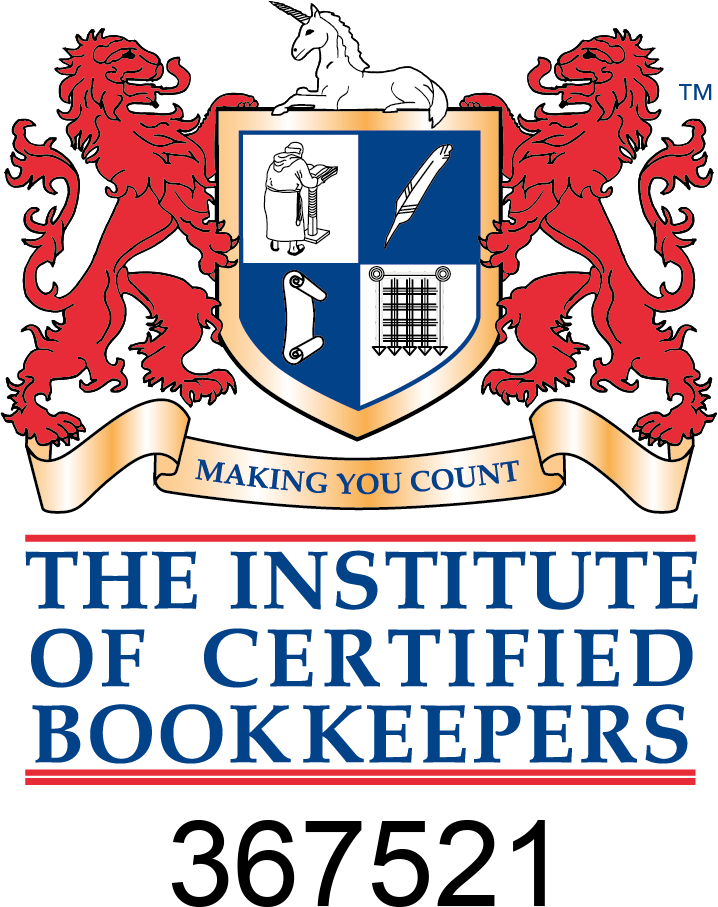Two UK government initiatives encourage innovation by helping to attract private investment for SMEs. These are EIS, and SEIS.
EIS is the Enterprise Investment Scheme, and SEIS is the Seed Enterprise Investment Scheme.
Both make it attractive for private investors to put their money into businesses by offering them tax relief in return. However, the two schemes are distinct.
The main difference between EIS and SEIS is who they’re designed to support:
- EIS is for medium-sized companies in their early growth phase
- SEIS is for smaller companies starting out.
This difference is reflected in the maximum amount each scheme allows investors to put in, and the percentage tax break involved.
- For EIS companies, an individual can invest up to £1 million each tax year and receive a 30 per cent tax break in return.
- For SEIS companies, an individual can invest up to £100,000 each tax year and receive a 50 per cent tax break in return.
Under both schemes, there is no capital gains tax to pay on any gains after three years, and both attract potential inheritance tax savings of 40p in the pound after two years.
Differences in Funding Criteria
For a company to qualify for EIS, it must have:
- Fewer than 250 employees
- Been trading for less than seven years
- Gross assets valued at no more than £15 million
For knowledge-intensive companies (KICs) carrying out research, development or innovation, some of the qualifying figures are higher:
- Fewer than 250 employees
- Trading for less than 10 years
- Gross assets valued at no more than £15 million
For a company to qualify for SEIS, it must have:
- Fewer than 25 employees
- Been trading for less than two years
- Gross assets valued at no more than £200,000
For EIS companies, the maximum lifetime amount they can raise in investment is £12 million. This can be a combination of SEIS and EIS investments and venture capital trusts.
This maximum lifetime amount rises to £20 million for KICs.
For SEIS companies, the maximum lifetime amount is much less, at £150,000, and there can be no previous investment from a venture capital trust.
What Do Both Schemes Have In Common?
Most types of trade are eligible for EIS and SEIS, but there are excluded trades that apply to both:
- Trading in land or commodities
- Banking, insurance or money-lending
- Legal or accountancy services
- Property development
- Generating and exporting electricity
These categories apply where they involve more than 20 per cent of business activity.
Under both schemes, the money raised has to be used for a qualifying business activity, or for preparing for this activity, or on research and development that will lead to this activity.
SEIS vs EIS
Under SEIS, investors can put in up to £100,000 to get back £50,000 in income tax relief.
With EIS, the figures are considerably more. Whereas the investor gets back £30,000 for every £100,000, the annual total they can invest is £1million.
This is much higher than the £150,000 for SEIS companies.
However, if you’re looking to attract investment in this way, it doesn’t have to be a binary decision; you can use both schemes at the same time.
You must raise investment under SEIS first, but then you can move on to EIS.
For many growing companies, this will be a logical next step as they reach the £150,000 limit under EIS.
There are certain rules controlling how you do this. If you’re going to use both schemes, you must do it in the right order, starting with SEIS.
Also, you cannot issue shares under both schemes on the same day. But you can apply for both EIS and SEIS at the same time.
Ultimately, it’s a question of scale and of your ambitions for your enterprise.
What Are Your First Steps?
If you want to attract investors by offering them either EIS or SEIS terms, you need to apply for advance assurance from HMRC.
By submitting a successful application in advance to HMRC, you provide investors with the guarantee they need that they will be able to claim back their eligible income tax under either scheme.
Want to know more about EIS and SEIS, and which scheme is right for your business? Call us on 020 8088 2590, email enquiries@vennaccounts.com or fill in our contact form and we’ll be in touch as soon as possible.







